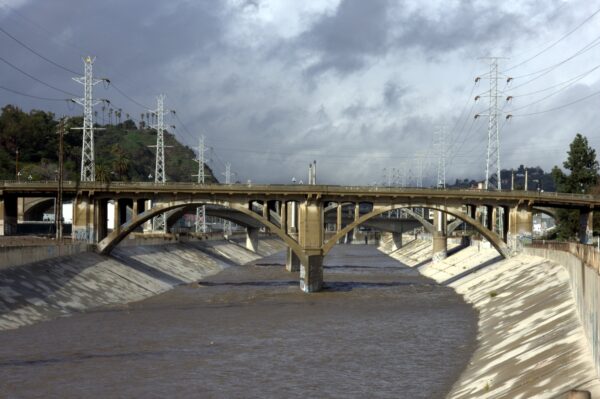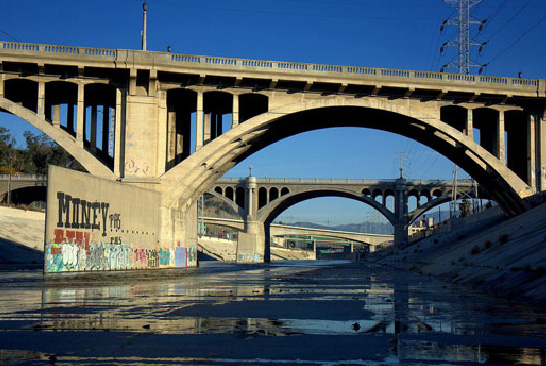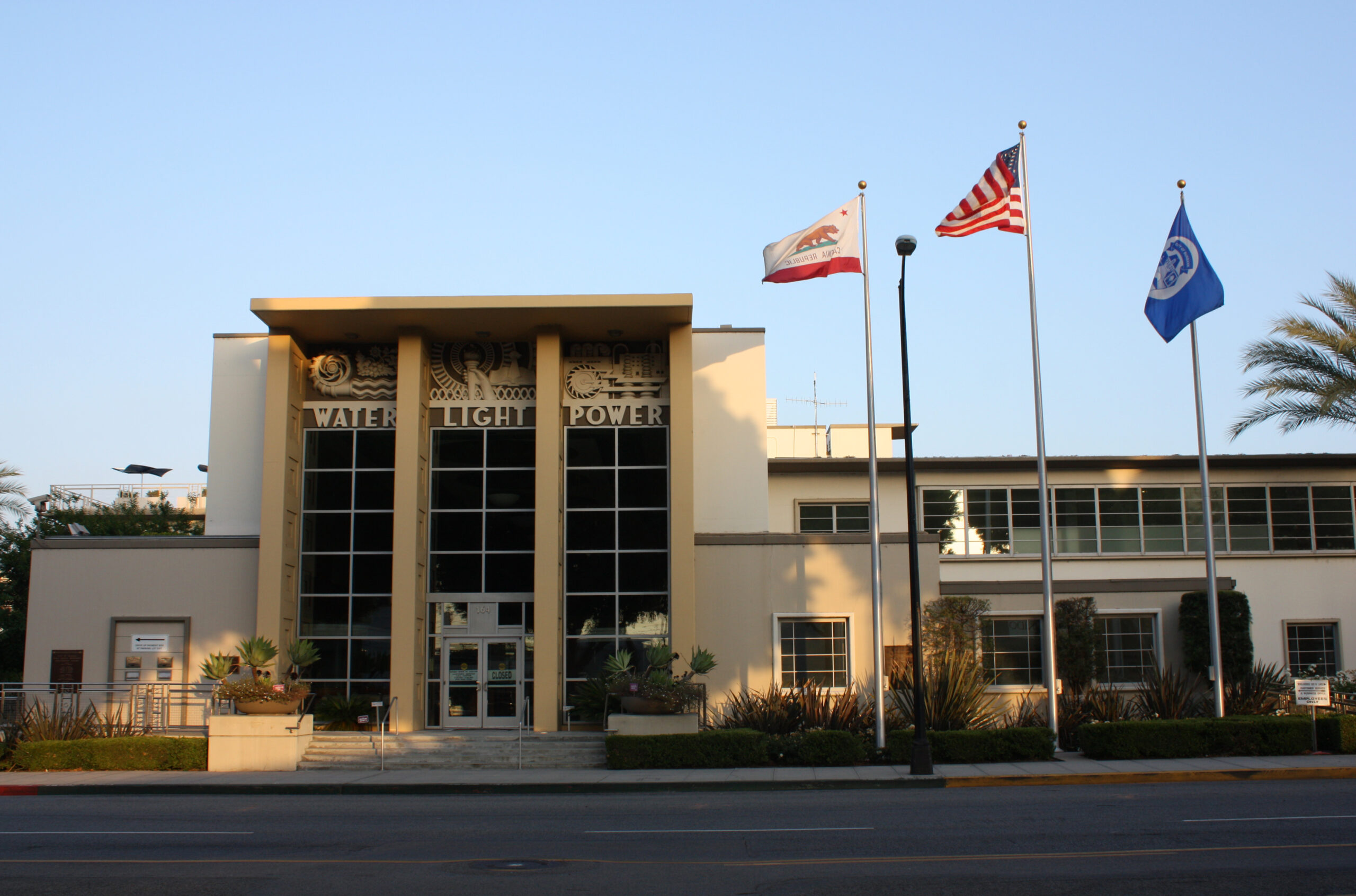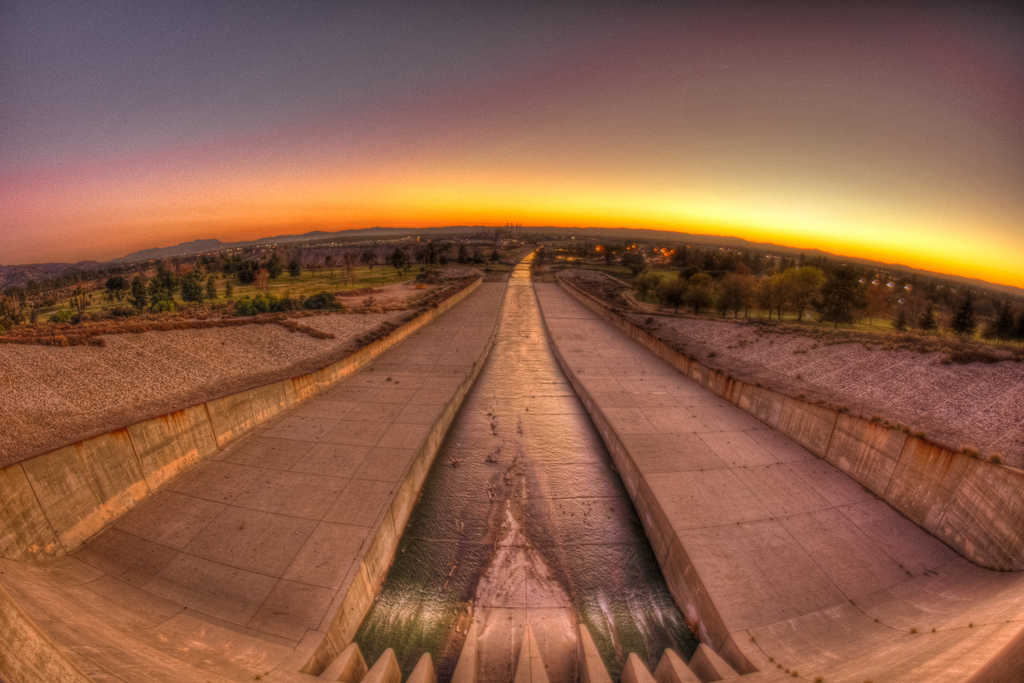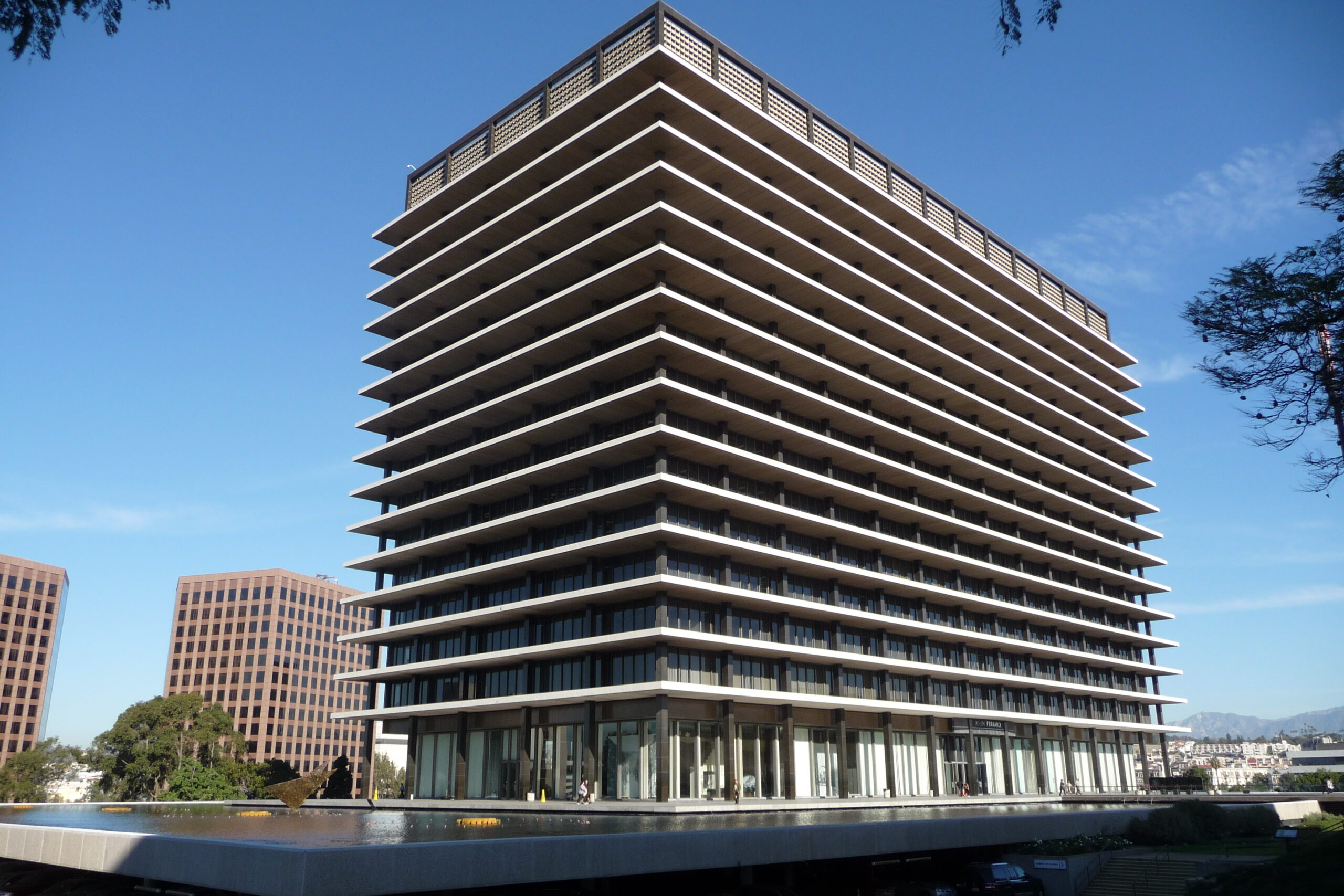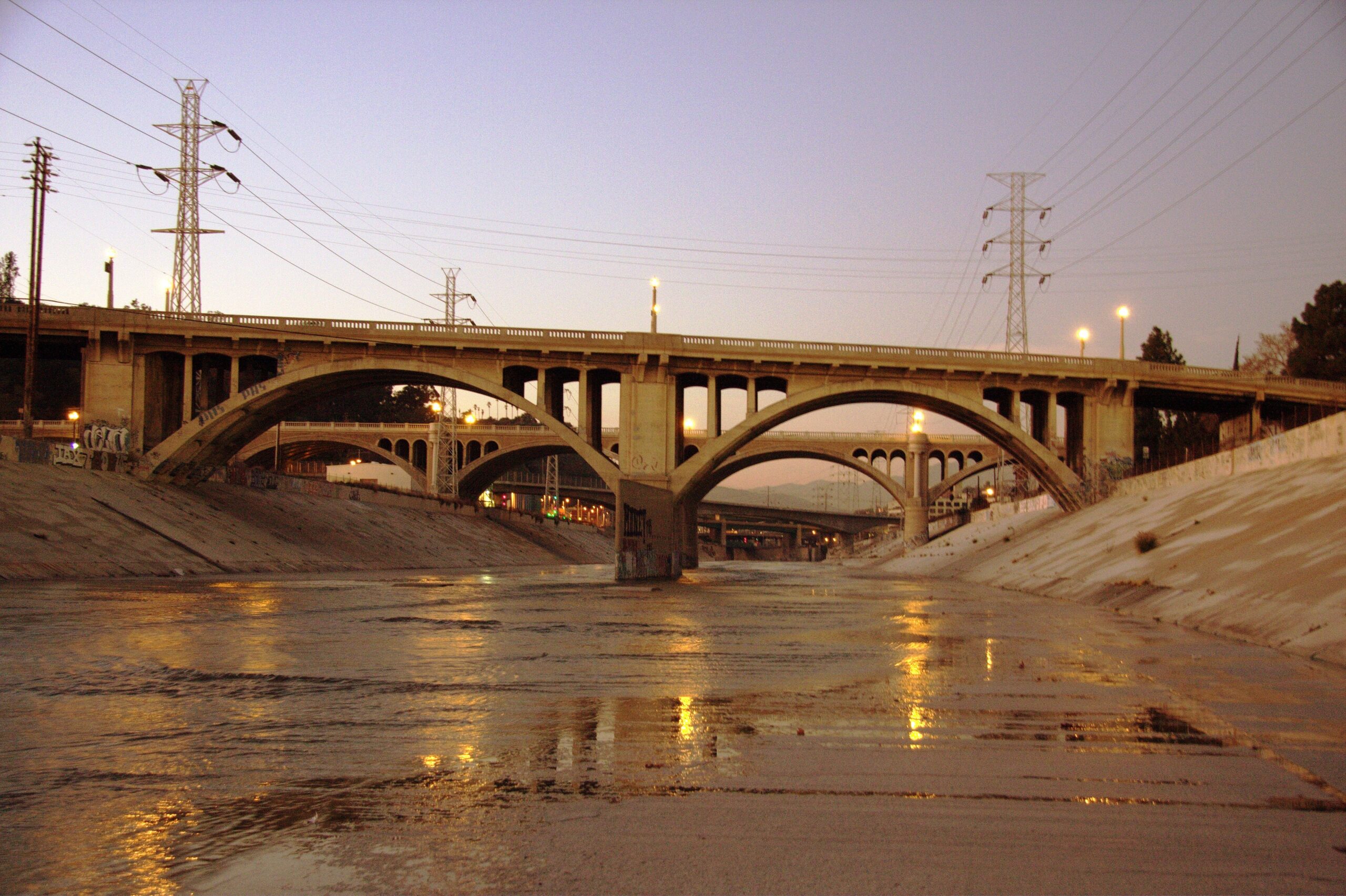
Place
North Spring Street Viaduct
Designated as Los Angeles Historic-Cultural Monument #900 in 2008, The North Spring Street Viaduct is one of the historic bridges spanning the Los Angeles River.
Designated as Los Angeles Historic-Cultural Monument #900 in 2008, The North Spring Street Viaduct is one of the historic bridges spanning the Los Angeles River.
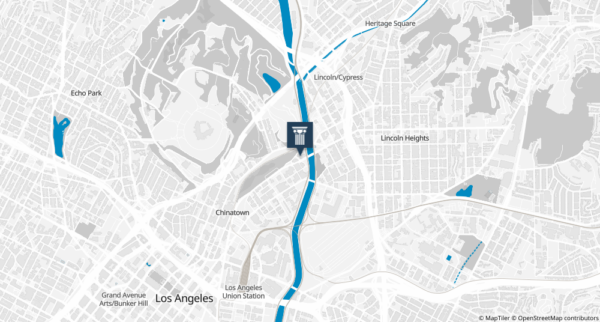
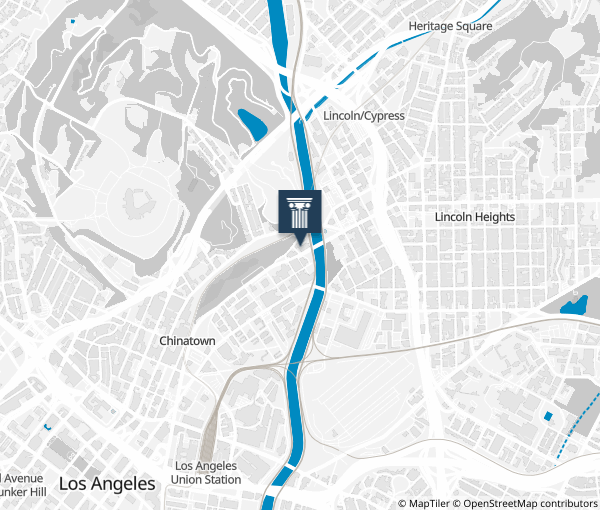
Place Details
Address
Get directions
Architect
Neighborhood
Year
Style
Decade
Designation
Property Type
Community

Photo by Kevin Break
Overview
In June 2011, the City Council ultimately supported a new innovative approach for the bridge, a design that balances preservation and engineering goals and reflects out-of-the-box thinking. The plan now called for widening the bridge about half of the original plan (twenty-one feet instead of forty), and it would widen it on only one side, to the south. This approach meets all minimum traffic and safety standards and still allows for dedicated pedestrian and bicycle access.
The revised plan meets the Secretary of the Interior’s Standards and retains eligibility of the bridge as an historic resource.
With much community input and participation, the design for the North Spring Street Viaduct may serve as a test case, and perhaps provide a path for moving forward on other bridge projects currently in the works.
About This Place
About This Place
The North Spring Street Viaduct is one of the historic bridges spanning the Los Angeles River.
Construction on the viaduct began in 1927, seventeen years after the completion of the adjacent North Main Street Bridge and North Broadway Bridge. Designed by John C. Shaw, the crossing was built to relieve traffic along the North Broadway Bridge. Its design was intended to complement the classical motif of these two earlier works, linking the three spans as a thematic sub-group that connects Lincoln Heights to downtown Los Angeles.
The reinforced concrete viaduct rests on three large vertical piers forming two elegant arch spans. The deck features a sculpted concrete railing with incised rounded arches between decorative lamp posts, each topped by an octagonal-shaped lantern.
The bridge was widened in 1939 with the removal of the southern sidewalk. In 1992, along with retrofitting, extensive repairs where made to the viaduct’s distinctive balusters, electroliers, and railings. The viaduct was designated as Los Angeles Historic-Cultural Monument #900 in 2008.
Our Position
The Conservancy consistently stated two primary positions:
1) North Spring Street Bridge should retain its eligibility as a historic resource following any proposed work.
2) BOE traffic projections should be fully scrutinized to reflect accurate current and future traffic volume conditions, as well as the consideration of a road diet. Initially, the Conservancy advocated an alternative that would leave the historic bridge intact and construct a stand-alone pedestrian crossing alongside it—a strategy that has succeeded elsewhere across the country. The BOE ultimately rejected this option, partly because this type of approach would not qualify for available funding.
With the single-sided widening – the Conservancy’s preferred approach of the two options – the current four-lane bridge would be widened by twenty-one feet on the south side only to accommodate five-foot sidewalks, five-foot bike lanes, and eleven feet wide travel lanes with a four-foot-wide center median.
While the scale of the widening was reduced greatly, the design treatment for the bridge was still very much an issue. Initially, the BOE presented a design that would replicate (or otherwise imitate) all the design features on the south side of the bridge.
The Conservancy opposed the initial “full replication” design based on our opinion that it would not meet the Secretary of the Interior’s Standards, national principles for preservation that are often used to help guide projects to make sure changes are done in a way that retains a structure’s eligibility as a historic resource.
While the Standards are somewhat subjective and they set forth no definitive approach for bridges, any alterations or modifications should generally be differentiated from the original so that they do not present a false sense of history. The design should also be implemented in a way that is reversible so that it could be removed in the future without impairing the essential form and design of the original bridge.
